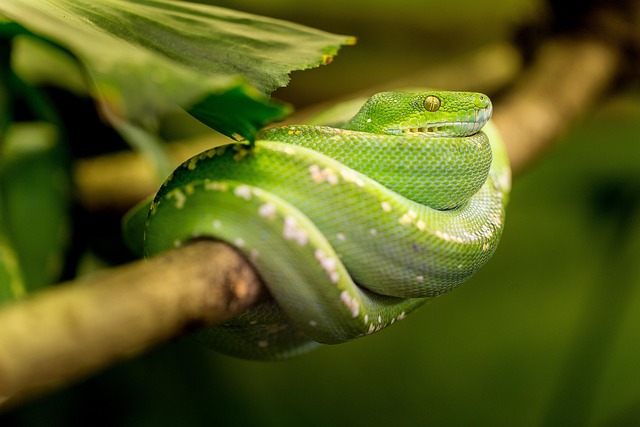
Estuaries Biome
Introduction to Estuaries
Estuaries are unique and vital ecosystems where freshwater from rivers meets and mixes with saltwater from the ocean. These transitional zones are characterized by their dynamic environments, which support a diverse array of habitats and species. Understanding estuaries is essential for appreciating their ecological significance and the services they provide.
Types of Estuarine Habitats
Estuaries encompass various habitats, each playing a crucial role in the overall health of the ecosystem. The primary types of habitats found in estuaries include:
- Oyster Reefs: These structures provide essential habitat for numerous marine species and help filter water, improving overall water quality.
- Coral Reefs: While more commonly associated with tropical regions, some estuarine environments feature coral formations that support diverse marine life.
- Rocky Shores: These areas are often home to various invertebrates and provide feeding grounds for birds and other wildlife.
- Submerged Aquatic Vegetation: This includes seagrasses and other plants that provide habitat and food for fish and invertebrates.
- Marshes: Tidal marshes are critical for flood protection and serve as nurseries for many fish species.
- Mangroves: These trees are adapted to saline conditions and play a significant role in coastal protection and biodiversity.
Wildlife in Estuaries
Estuaries are teeming with life, supporting a variety of species that depend on these habitats for survival. Some notable examples include:
- Fish: Many species, including salmon and flounder, use estuaries as breeding and nursery grounds.
- Shellfish: Oysters, clams, and crabs thrive in estuarine environments, contributing to both ecological balance and local economies.
- Birds: Migratory birds, such as the Great Blue Heron, rely on estuaries for feeding and nesting.
- Mammals: Species like sea otters and seals can often be found in estuarine waters, playing important roles in the food web.
Ecological Importance of Estuaries
Estuaries provide numerous ecosystem services that benefit both the environment and human populations. Some key functions include:
- Natural Filtration: Estuaries act as natural filters, trapping pollutants and sediments from runoff before they reach open waters.
- Flood Protection: The vegetation in estuaries helps absorb excess water during storms, reducing the risk of flooding in adjacent areas.
- Carbon Sequestration: Estuarine plants capture carbon dioxide, helping mitigate climate change impacts.
- Habitat for Biodiversity: The diverse habitats within estuaries support a wide range of species, contributing to overall biodiversity.
Threats to Estuarine Ecosystems
Despite their importance, estuaries face numerous threats that jeopardize their health and functionality. Some of the most pressing challenges include:
- Pollution: Runoff from agriculture, urban areas, and industrial sites can introduce harmful substances into estuarine waters.
- Habitat Loss: Coastal development and land reclamation often lead to the destruction of vital estuarine habitats.
- Climate Change: Rising sea levels and changing weather patterns can alter the delicate balance of estuarine ecosystems.
- Overfishing: Unsustainable fishing practices can deplete fish populations and disrupt the food web.
Conclusion
Estuaries are critical ecosystems that provide essential services and support a rich diversity of life. Protecting these environments is vital for maintaining ecological balance and ensuring that future generations can benefit from their resources. Awareness and conservation efforts are necessary to safeguard the health of estuaries and the myriad species that depend on them.

















 The Kingdom of Pathfinder!
The Kingdom of Pathfinder! 
 Health
Health  Fitness
Fitness  Lifestyle
Lifestyle  Tech
Tech  Travel
Travel  Food
Food  Education
Education  Parenting
Parenting  Career & Work
Career & Work  Hobbies
Hobbies  Wellness
Wellness  Beauty
Beauty  Cars
Cars  Art
Art  Science
Science  Culture
Culture  Books
Books  Music
Music  Movies
Movies  Gaming
Gaming  Sports
Sports  Nature
Nature  Home & Garden
Home & Garden  Business & Finance
Business & Finance  Relationships
Relationships  Pets
Pets  Shopping
Shopping  Mindset & Inspiration
Mindset & Inspiration  Environment
Environment  Gadgets
Gadgets  Politics
Politics 